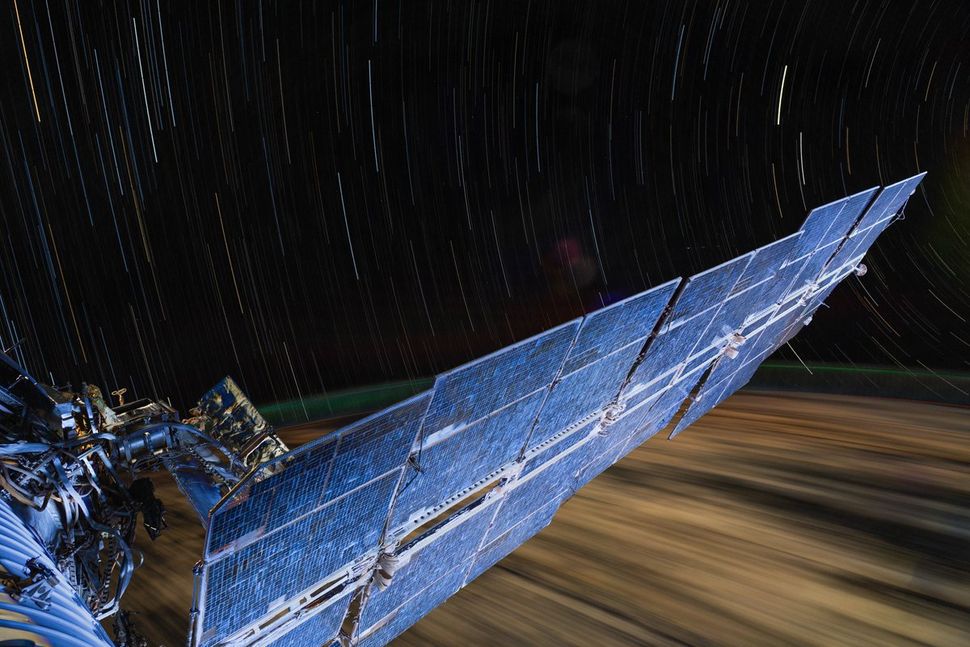The space station is always in motion, but only rarely does orbital photography bring that movement to our screens on Earth.
International Space Station (ISS) astronaut Matthew Dominick has an ongoing series of photos on social media showing life on the move in space. The NASA astronaut, in his limited spare time between Expedition 71 duties, regularly transmits timelapse photos from the orbiting laboratory.
“Zooming through the lab on ISS,” Dominick recently posted on X, formerly Twitter, with an epic selfie showing himself moving through the U.S. Destiny module. He also takes images looking out the windows of the ISS, while “experimenting with long exposures,” he says. For photography buffs, he even includes ISOs and exposure times.
Two recent photo stacks showed star trails surrounding the solar panels of the ISS. “In the last of five 30-second exposures, the sun cracked the horizon, creating the brilliant blue on the service module solar arrays,” Dominick wrote on X. “5 stacked images, 24mm, f4, ISO 800.”
Related: See Earth’s atmosphere glow gold in gorgeous photo taken from the ISS

“Lots of test shots are taken trying to find the best part of the orbit for lighting and angles to create images like the one above,” Dominick added in another post. “Some of the test shots turn out interesting. In this one, the solar array moved during the shot.”
Another of the photo series shows what Earth looks like with different exposure times. “There are guidelines for shooting astrophotography from earth but what happens when shooting at orbital speeds? Thread shows images with 6400 ISO, f1.4, and exposures ranging from 10s to 1/4s,” Dominick wrote on X.
A common question theme when posting night time images from the ISS is exposure length. There are guidelines for shooting astrophotography from earth but what happens when shooting at orbital speeds? Thread shows images with 6400 ISO, f1.4, and exposures ranging from 10s to 1/4s pic.twitter.com/3YNwTeoOX7July 1, 2024
Dominick’s photos have been catching attention from professional and amateur space photographers alike, and he has been answering some questions about how he takes the shots.
“Different windows do have different optical qualities,” he said in one X thread. “We have a window in the laboratory that is designed for photos of earth. It stares straight down.” He added that he had recently used a window from the docked Boeing Starliner spacecraft, which has a good location despite being “not designed for astrophotography.”
Assisting the astronauts’ photography are not only windows, but “mechanical arms that clamp to parts of the space station on one end and hold the camera on the other end,” Dominick told another poster.
Dominick has received photography training along with other astronauts, but emphasized to another person that he is always eager to add to his skills. “If you have ideas/thoughts shoot them my way,” he urged. “I’m learning as I go up here.”